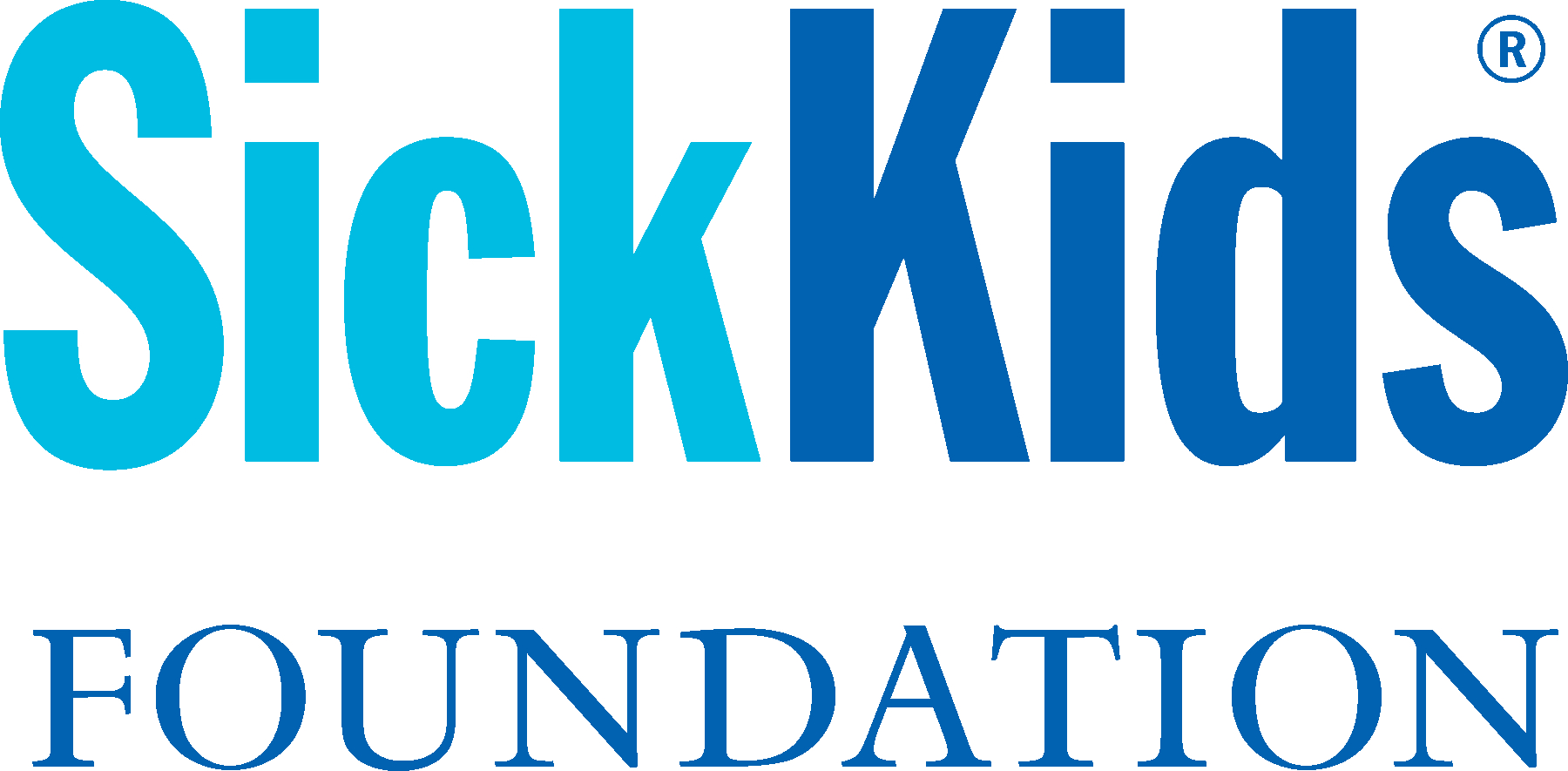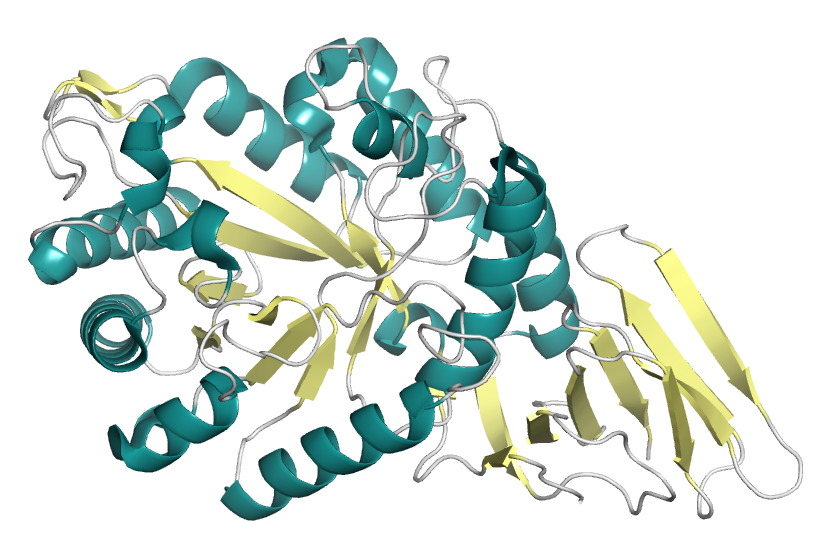Research Interests
Microbial Biofilm Formation: From Molecular Mechanisms to Therapeutics
Our research activities are focused on understanding at the molecular and cellular level biological processes involved in microbial pathogenesis. The insights we gain from our fundamental research are used to develop novel strategies and treatments for bacterial and fungal biofilm related infections.
Molecular Mechanisms
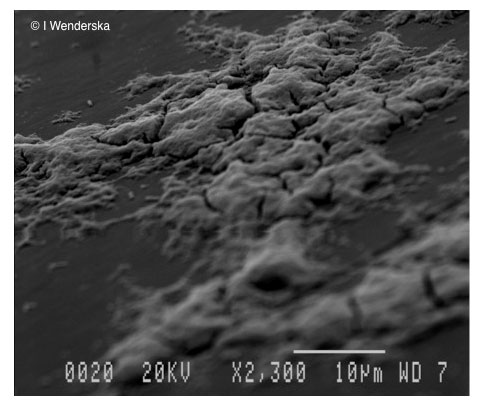 A microbial biofilm is a surface attached community of microbial cells encased in a self-produced polymeric matrix. Biofilms grow on any moist biotic or abiotic surface, and provide a number of environmental advantages such as protecting microbes from the host immune response, and conferring tolerance to antibiotics and detergents. Established biofilms are extremely difficult to eradicate and cost the health care systems in the US and Canada upwards of $25 billion annually to treat. They are responsible for greater than 65-80 per cent of all chronic bacterial infections.
A microbial biofilm is a surface attached community of microbial cells encased in a self-produced polymeric matrix. Biofilms grow on any moist biotic or abiotic surface, and provide a number of environmental advantages such as protecting microbes from the host immune response, and conferring tolerance to antibiotics and detergents. Established biofilms are extremely difficult to eradicate and cost the health care systems in the US and Canada upwards of $25 billion annually to treat. They are responsible for greater than 65-80 per cent of all chronic bacterial infections.
Using a multidisciplinary approach, which combines in vivo microbiological studies with structural biology, biophysical and biochemical techniques, we want to understand at the molecular level how two critical fundamental processes occur.
- How are exopolysaccharides – a major component of the biofilm matrix – synthesized, chemically modified, and exported from the cell?
- What is required for the assembly and function of type IV pili – key virulence factors used by Pseudomonas aeruginosa to establish infection and for biofilm formation?
Therapeutics
Our research on the biosynthetic machinery of various exopolysaccharides has led to the identification of several glycoside hydrolases that are capable of both preventing biofilm formation and degrading preformed biofilms. These enzymes are effective at low nano-molar concentration and are being developed as combination therapies for the treatment of a range of bacterial and fungal infections and as disinfectants and coatings for cleaning and protecting surfaces.
In addition, as modification of exopolysaccharides by the removal or addition of acetyl groups is crucial for the ability of many pathogenic organisms to initiate and maintain infection, we are employing high-throughput screening techniques and structure based drug design methods to identify small molecules that modulate the de-N-acetylation state of three different polymers involved in biofilm formation.
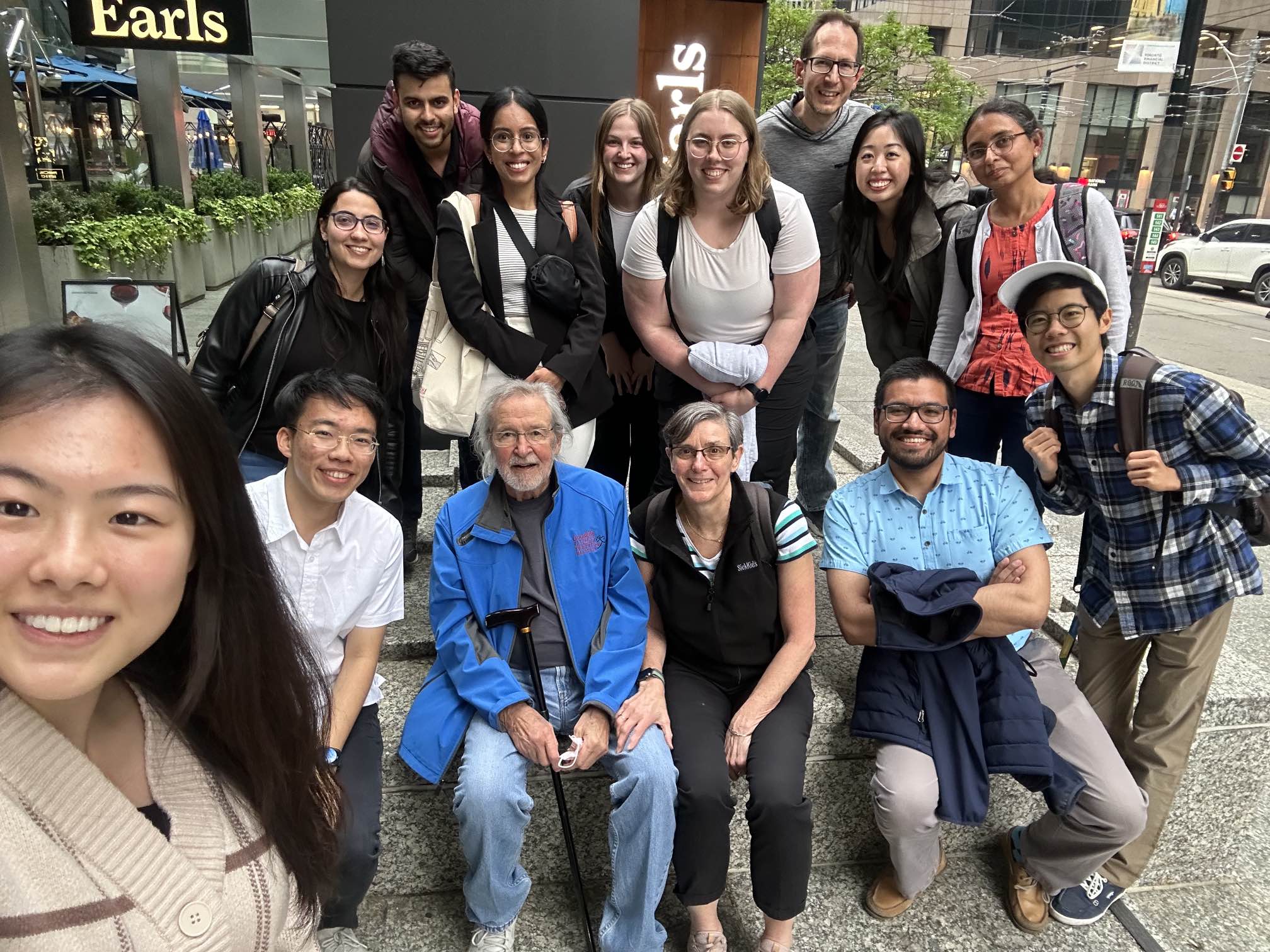
Grant Funding Sources
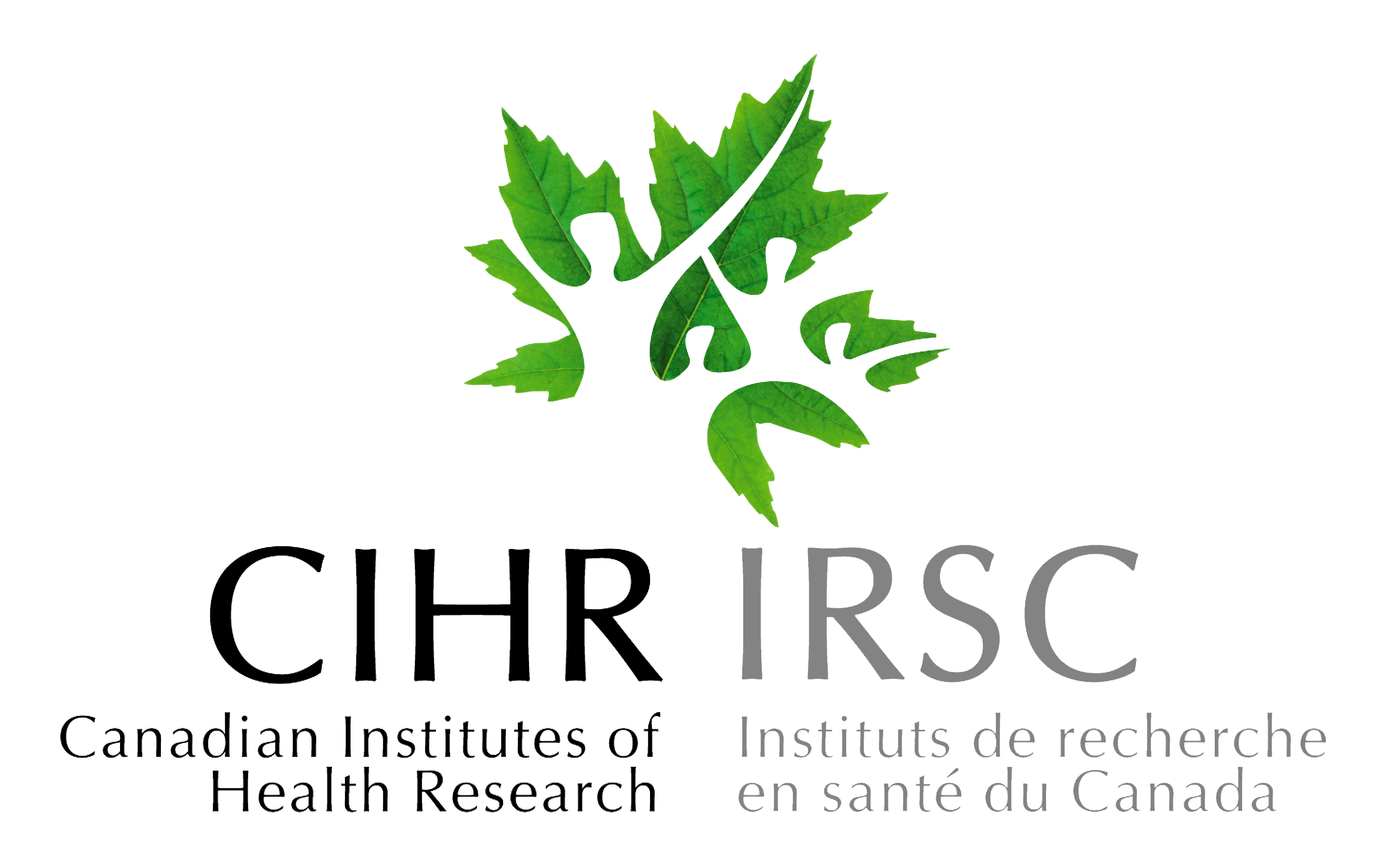



Infrastructure and Salary Support
